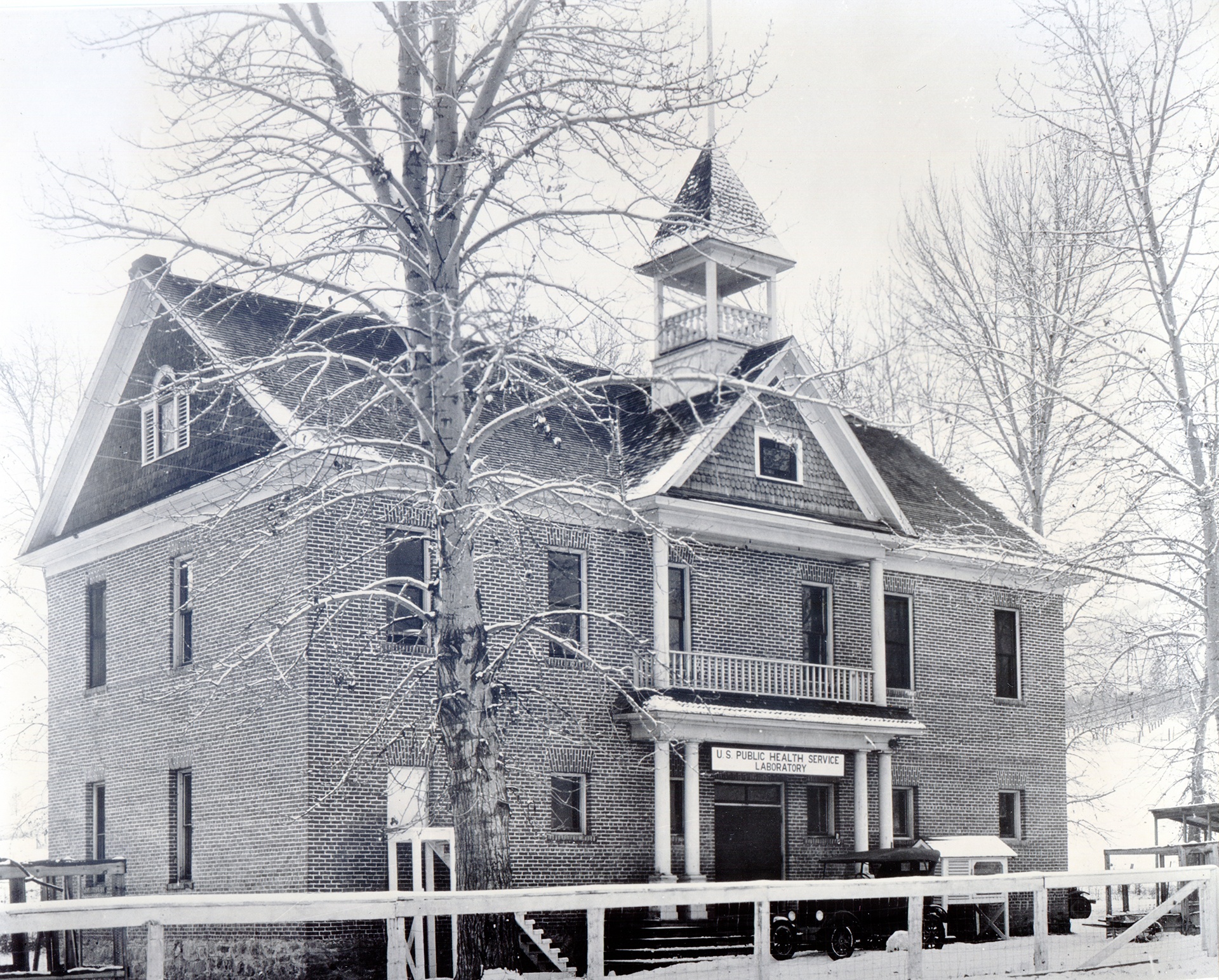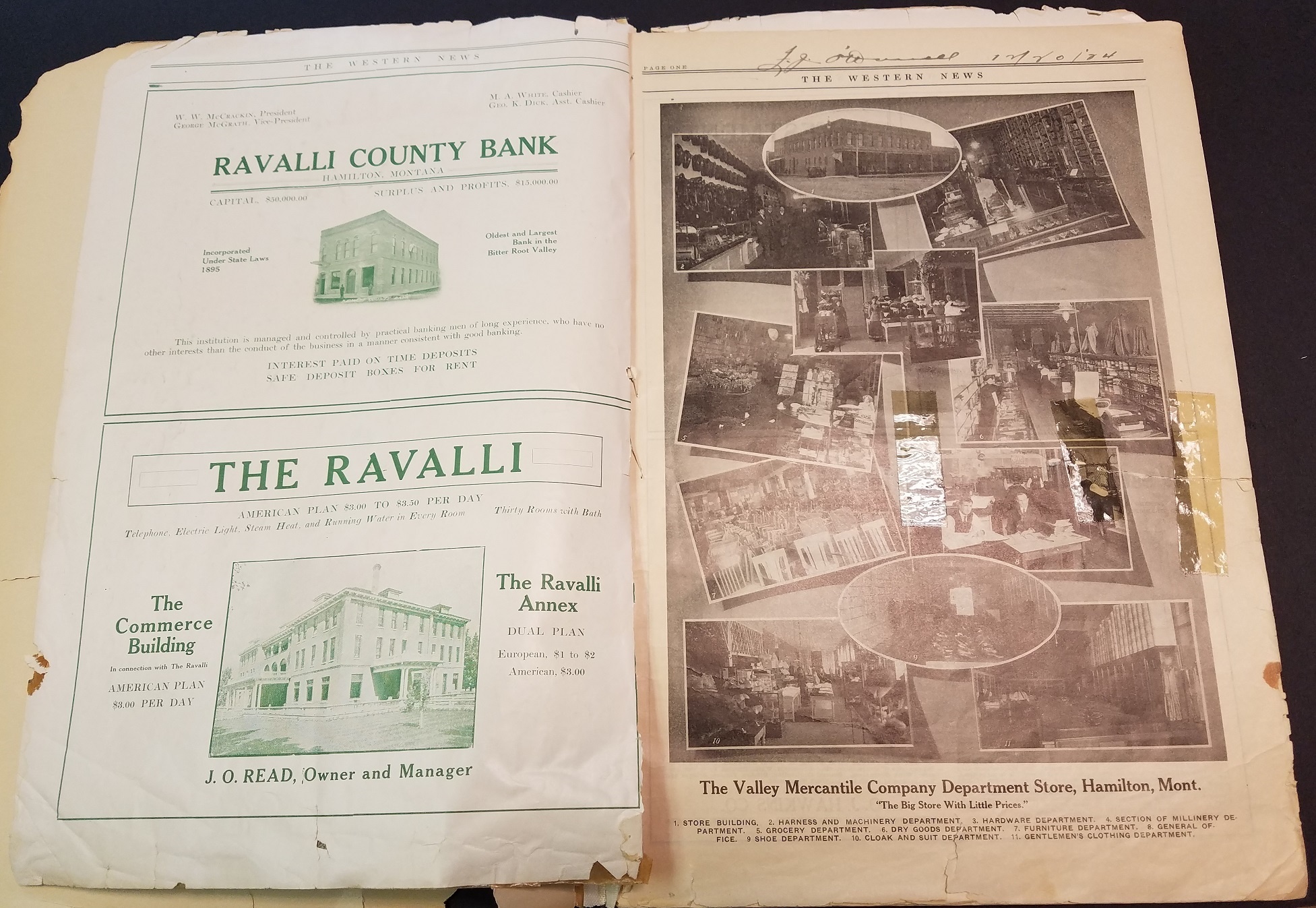Rocky Mountain Laboratories:
Canyon Creek Schoolhouse Laboratory
100th Anniversary
| Div | |||||||||||||||||
|---|---|---|---|---|---|---|---|---|---|---|---|---|---|---|---|---|---|
| |||||||||||||||||
|
| Div | |||||||||||||||||
|---|---|---|---|---|---|---|---|---|---|---|---|---|---|---|---|---|---|
| |||||||||||||||||
|
Why did Dr. Frank J. O'Donnell write his name and the date "Dec. 20, 1924" on the 1910 supplement? As a field agent for the Montana State Board of Entomology, O'Donnell did control work for the prevention of RMSF and other tick-borne diseases endemic to the valley. Two notable things had happened in his life that year: He went from being a Montana state employee to a U.S. Public Health Service staff member, and he helped begin production of RMSF vaccine, enabling the promise of the Bitter Root Valley supplement to come true.
| Note |
|---|
Note that “Bitterroot” is today’s preferred spelling. |
| Div | |||||||||||||||
|---|---|---|---|---|---|---|---|---|---|---|---|---|---|---|---|
| |||||||||||||||
|
| Div | |||||||||||||||||
|---|---|---|---|---|---|---|---|---|---|---|---|---|---|---|---|---|---|
| |||||||||||||||||
|
| Div | |||||||||||||||||
|---|---|---|---|---|---|---|---|---|---|---|---|---|---|---|---|---|---|
| |||||||||||||||||
|






